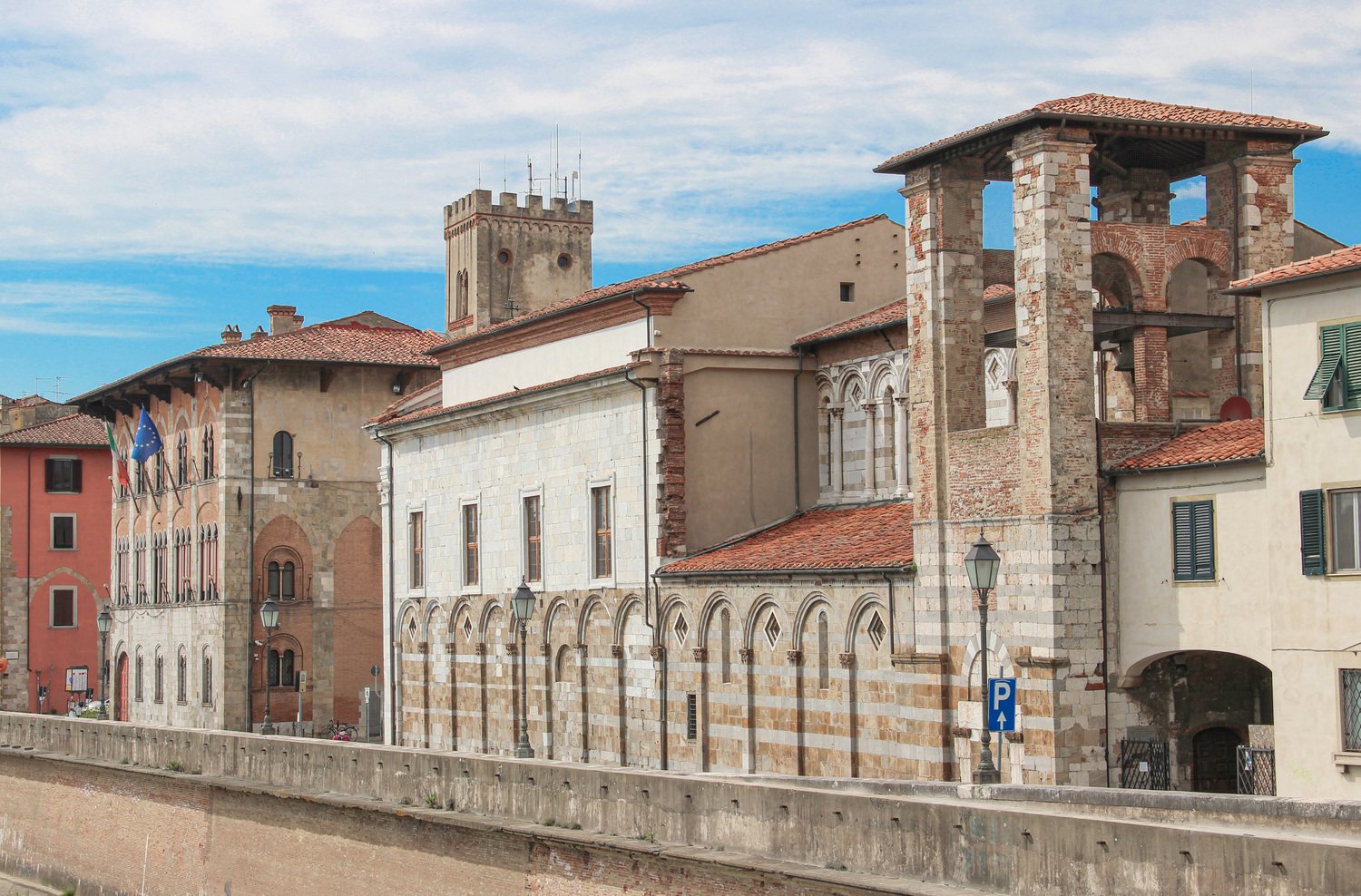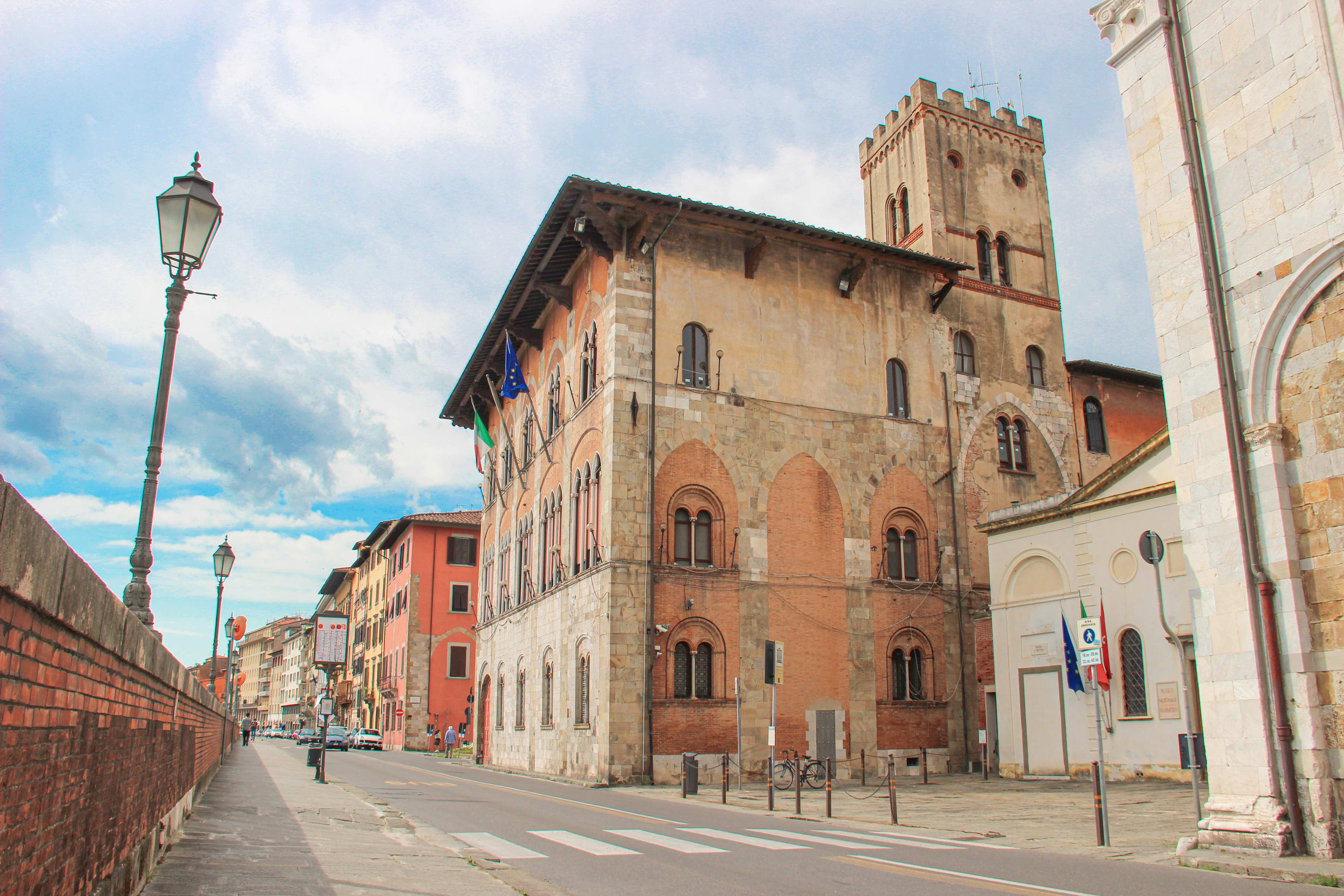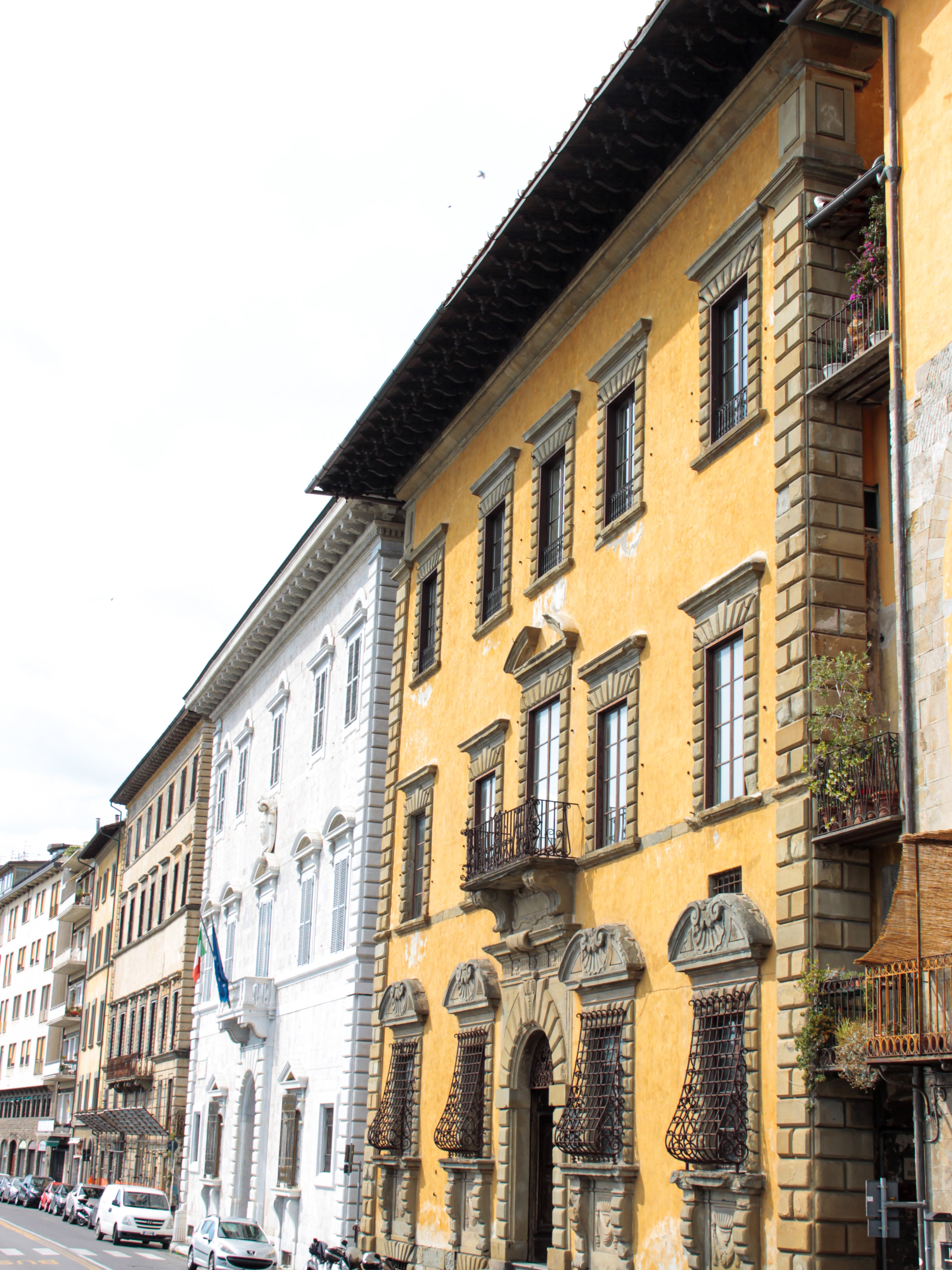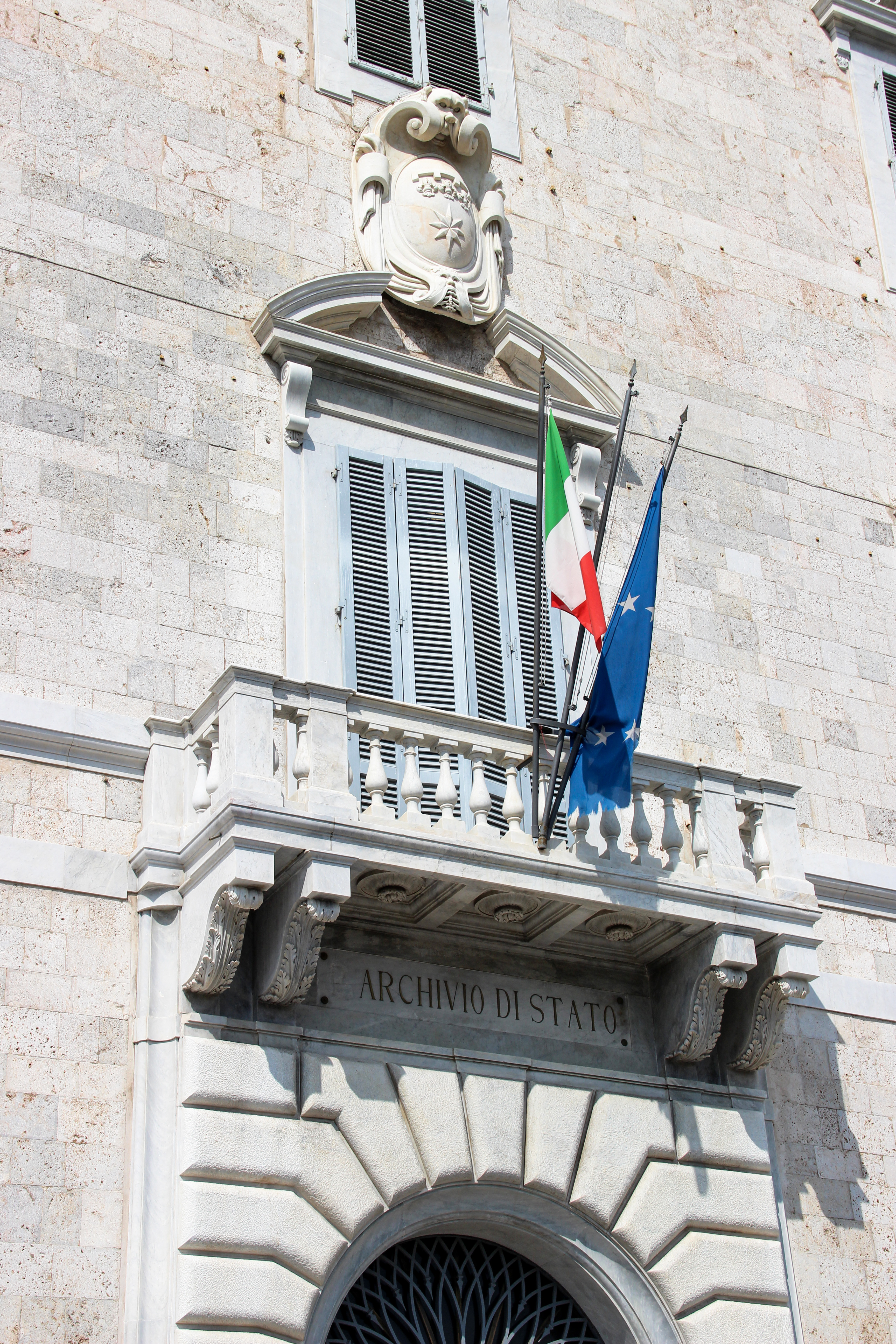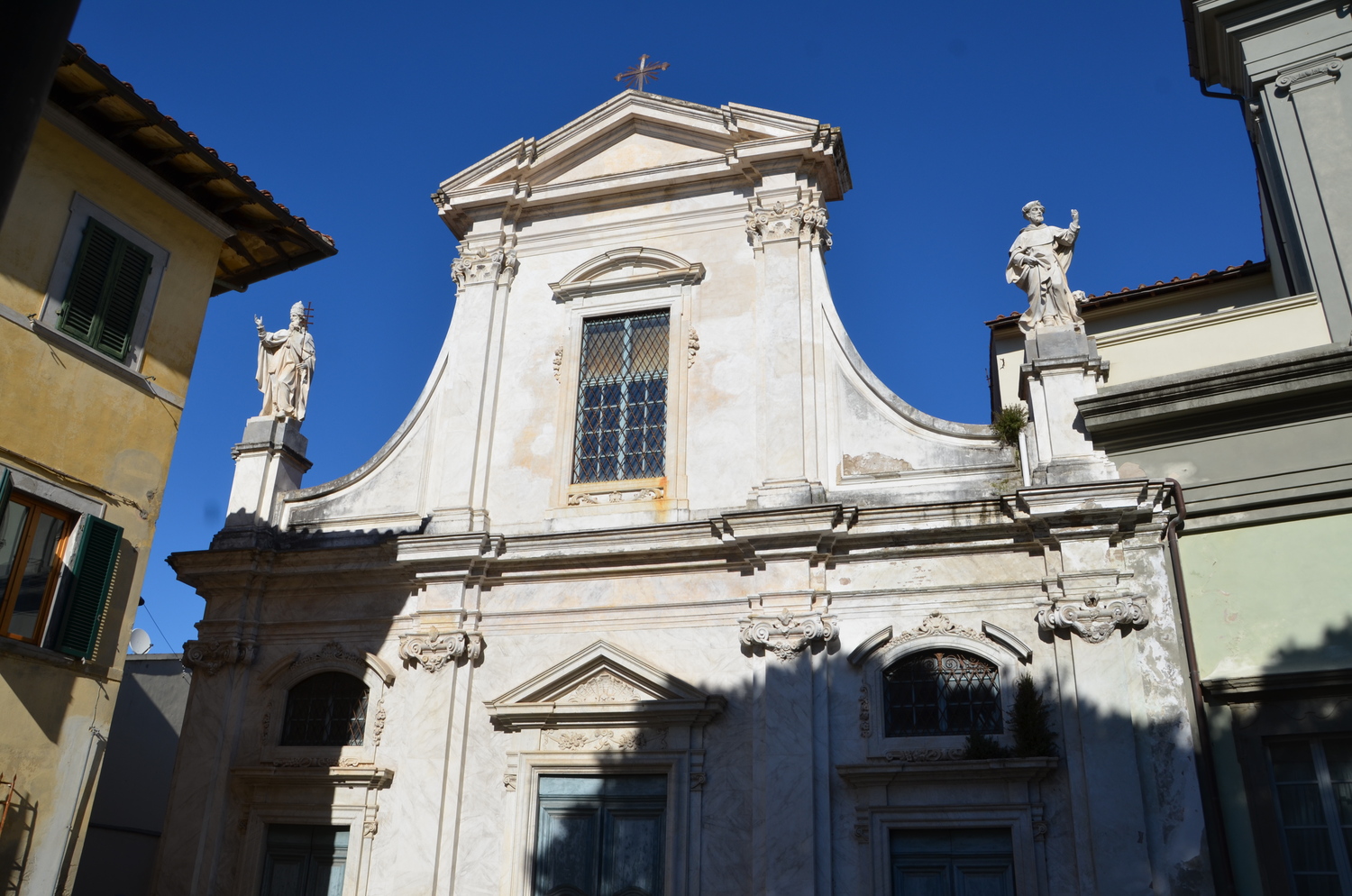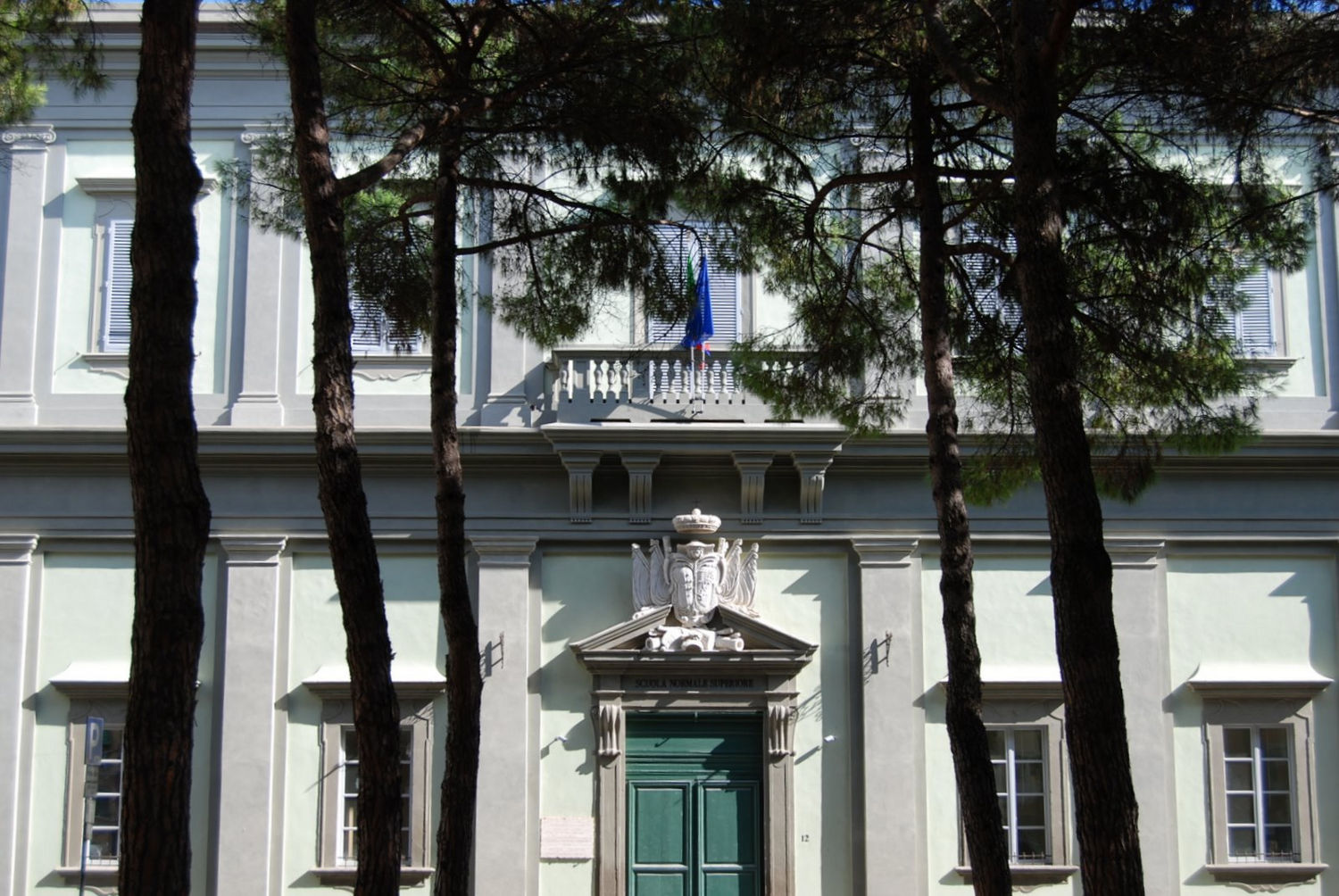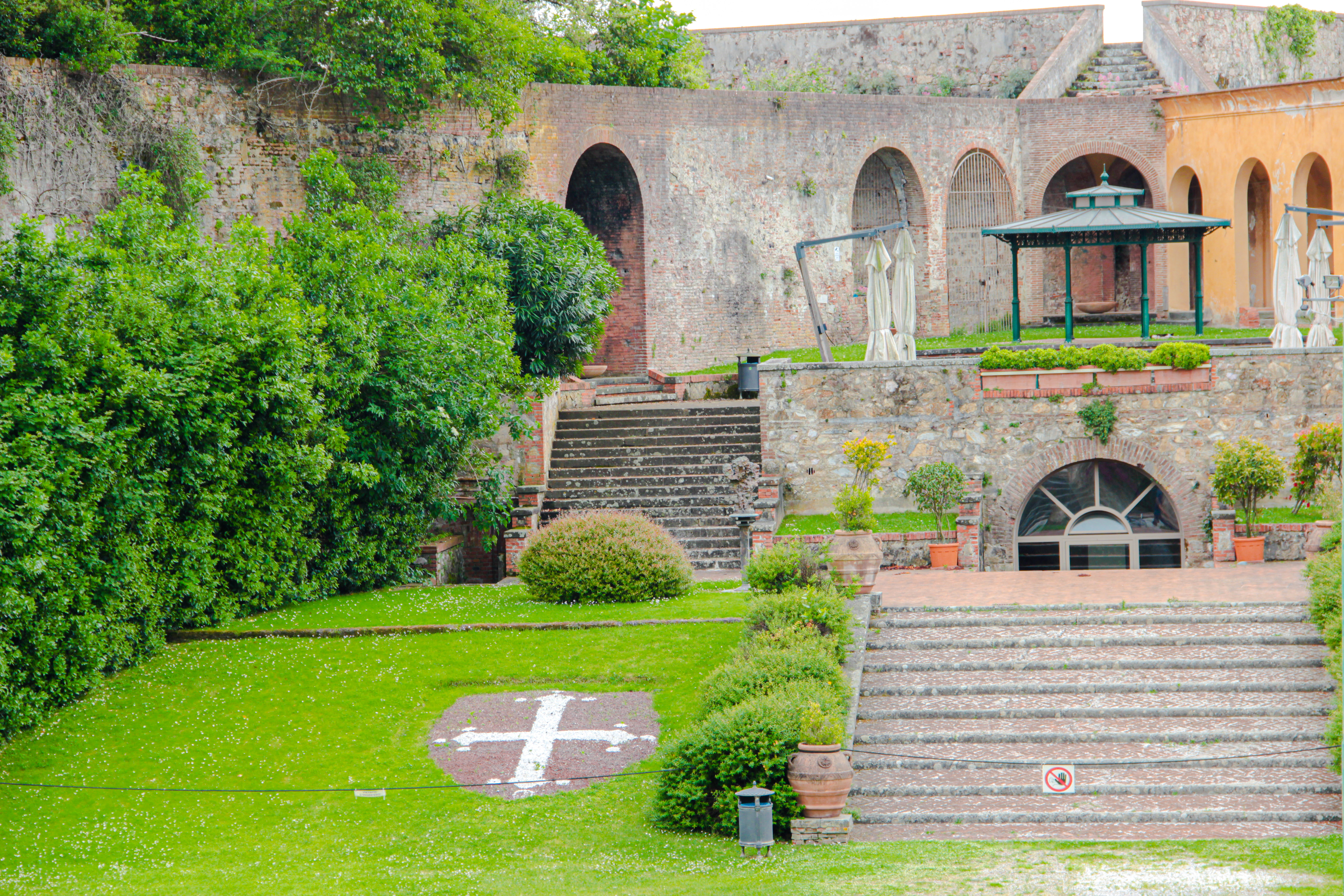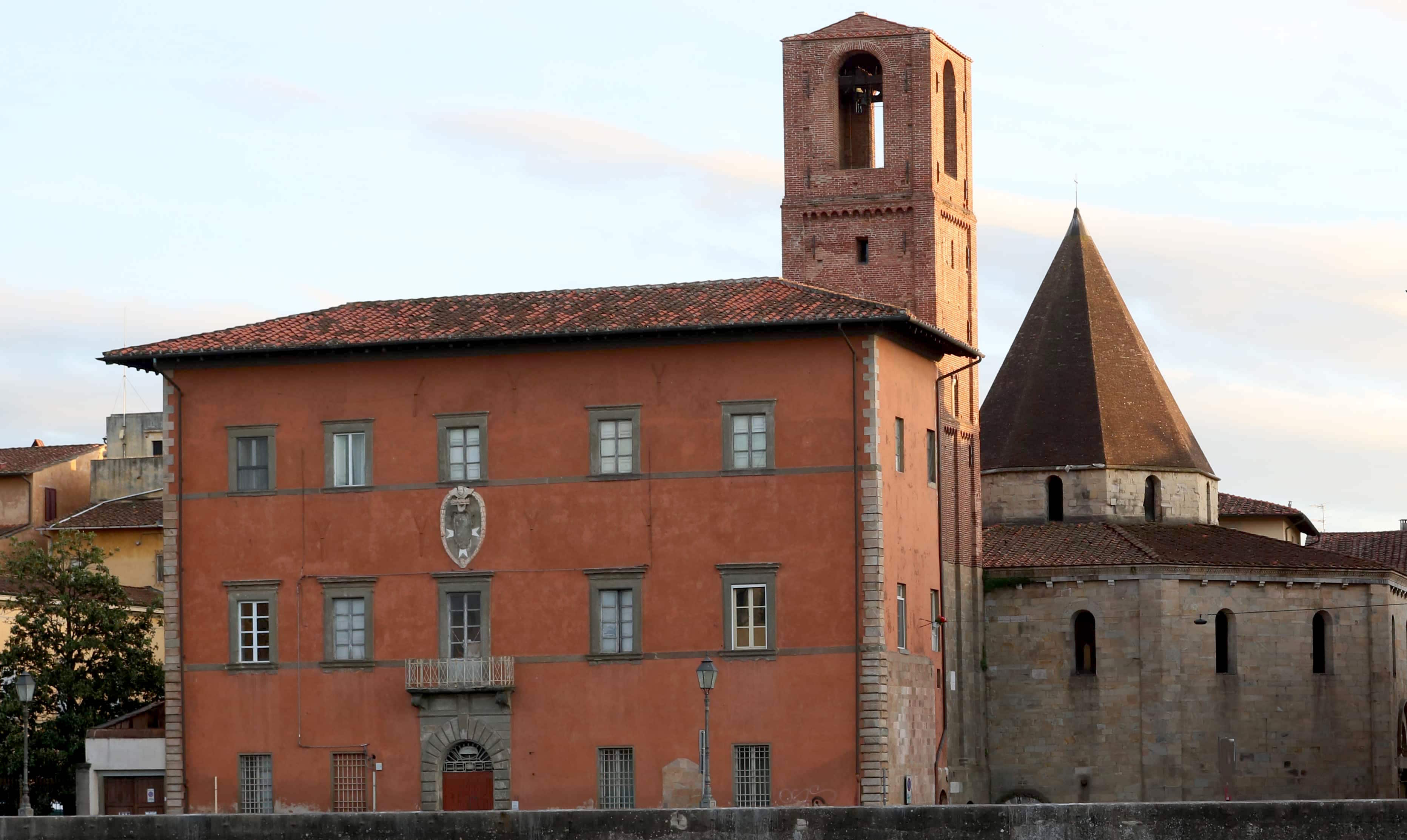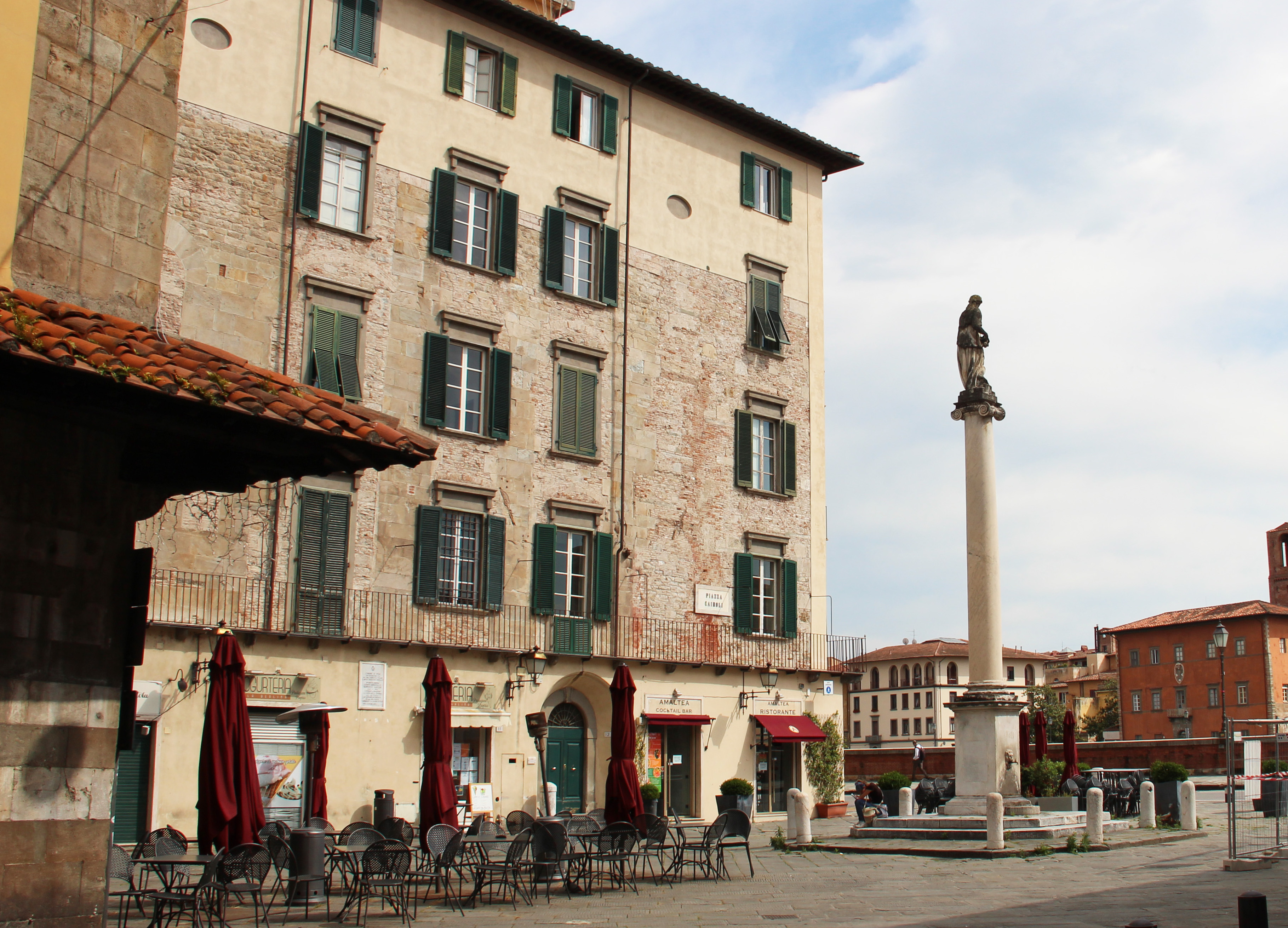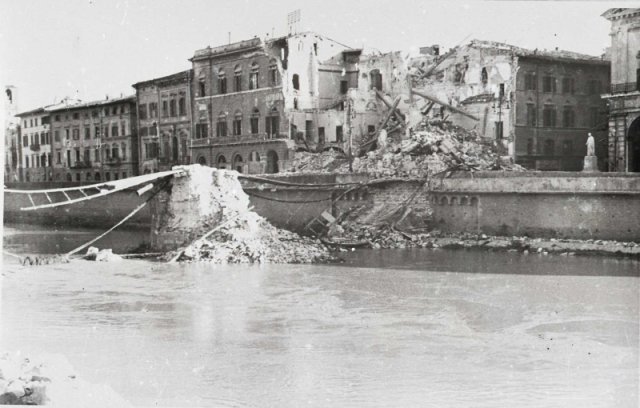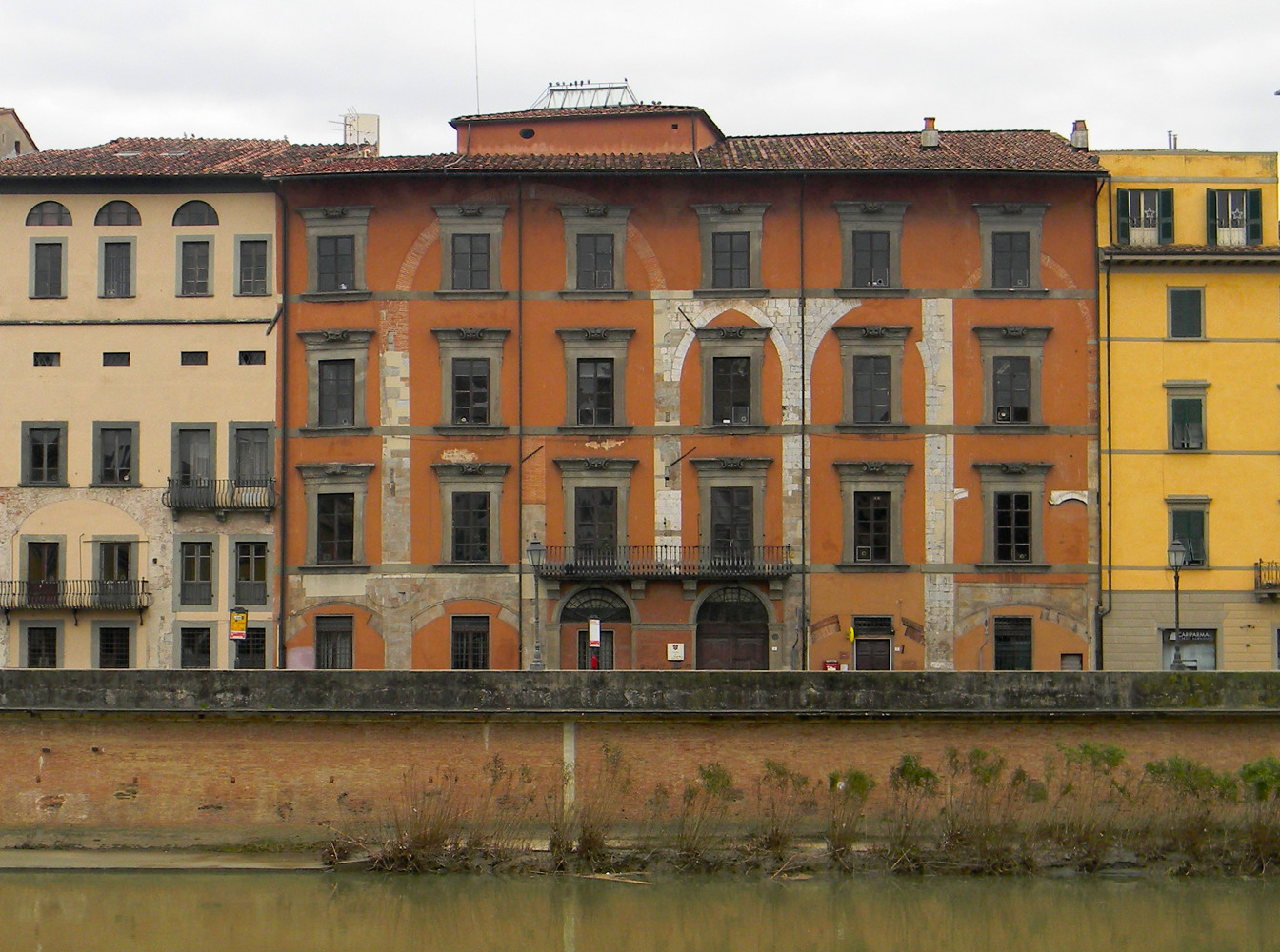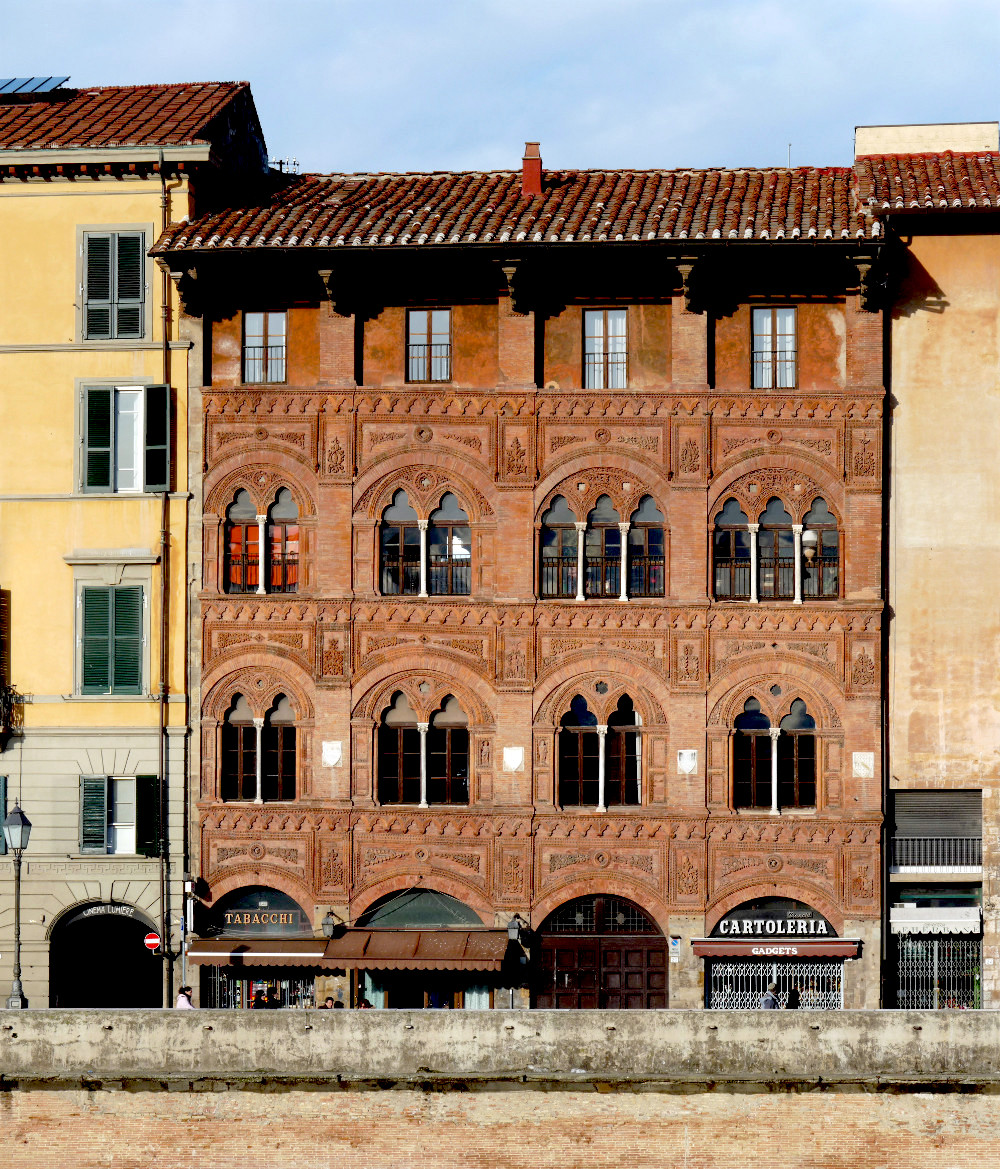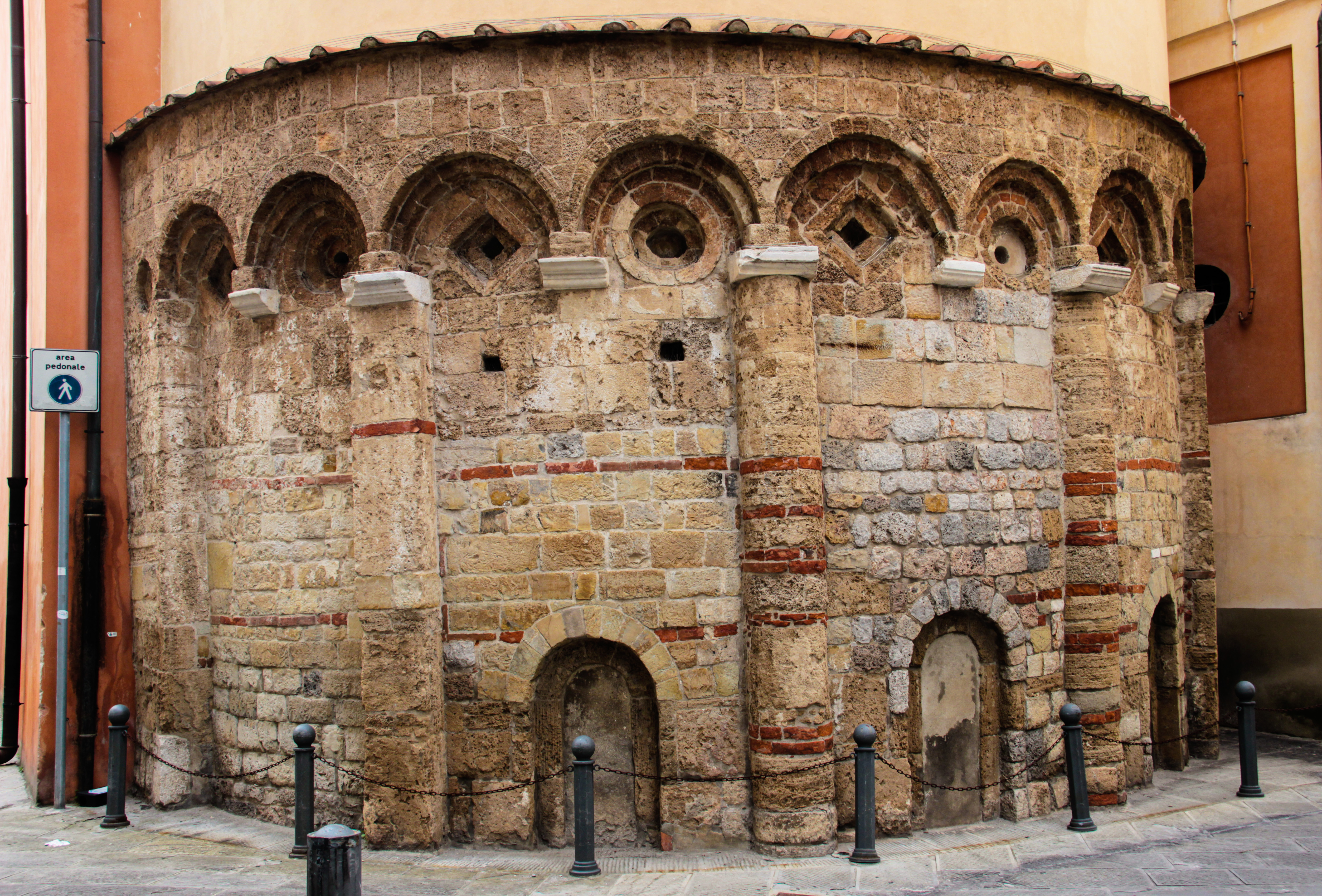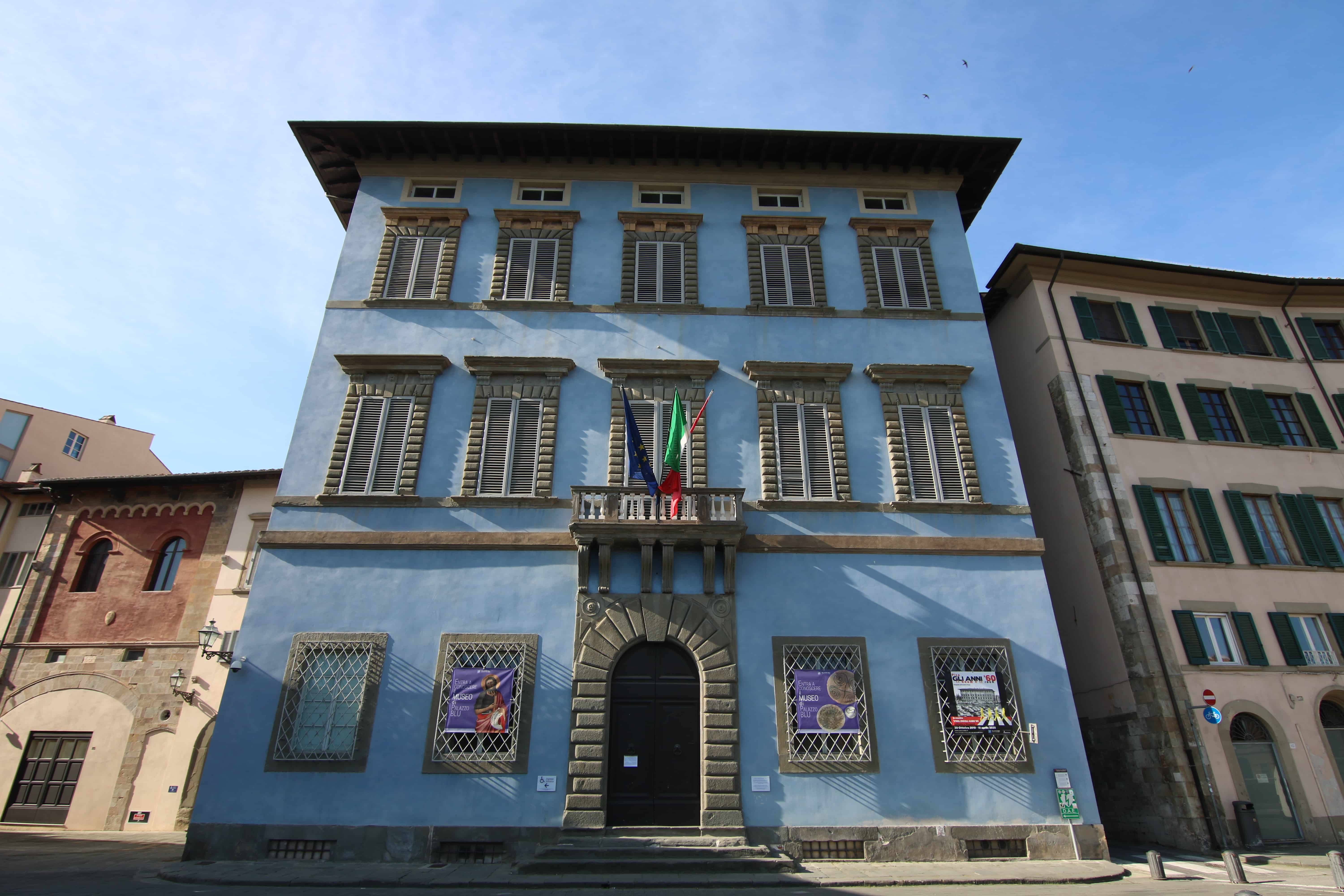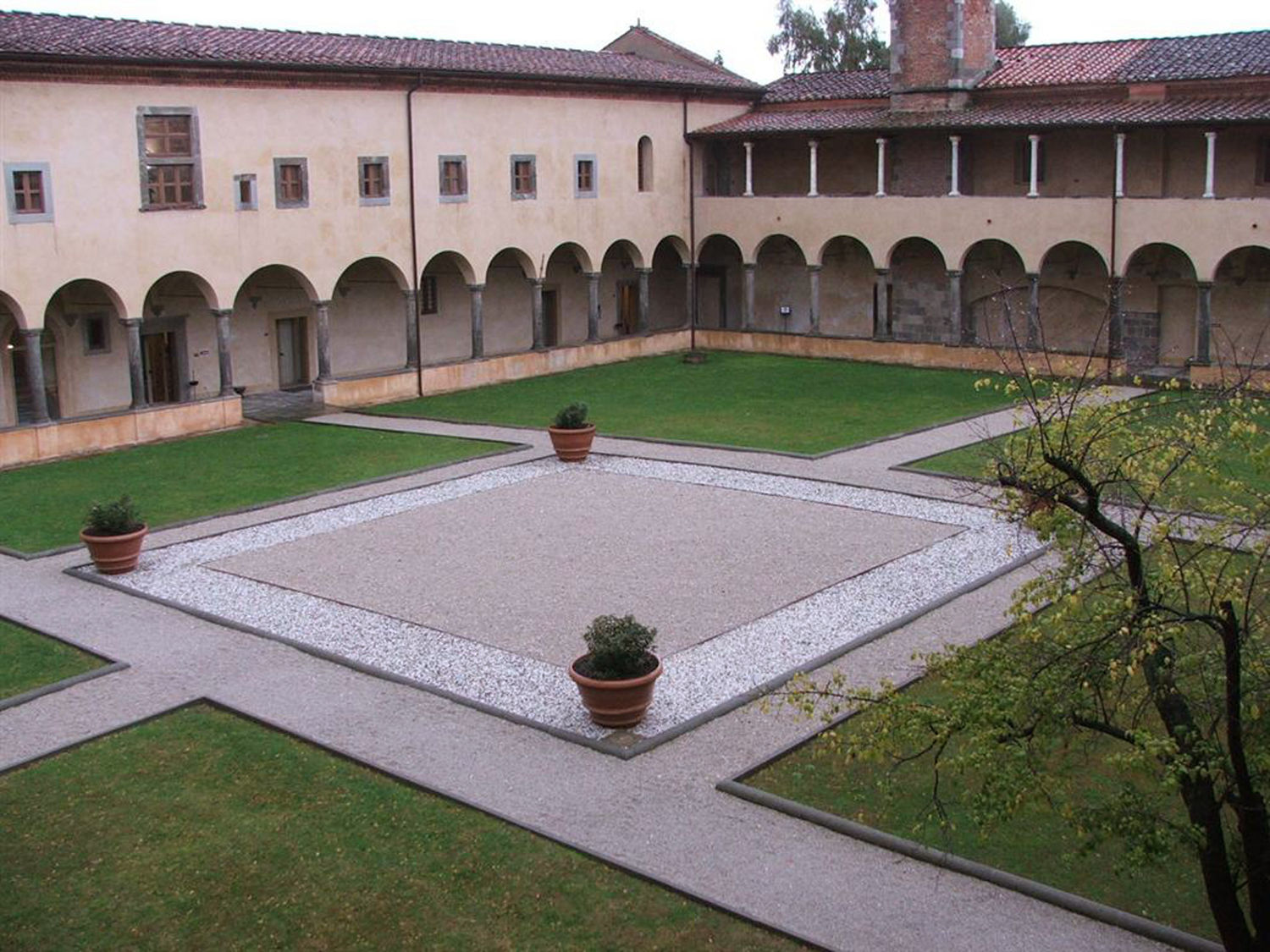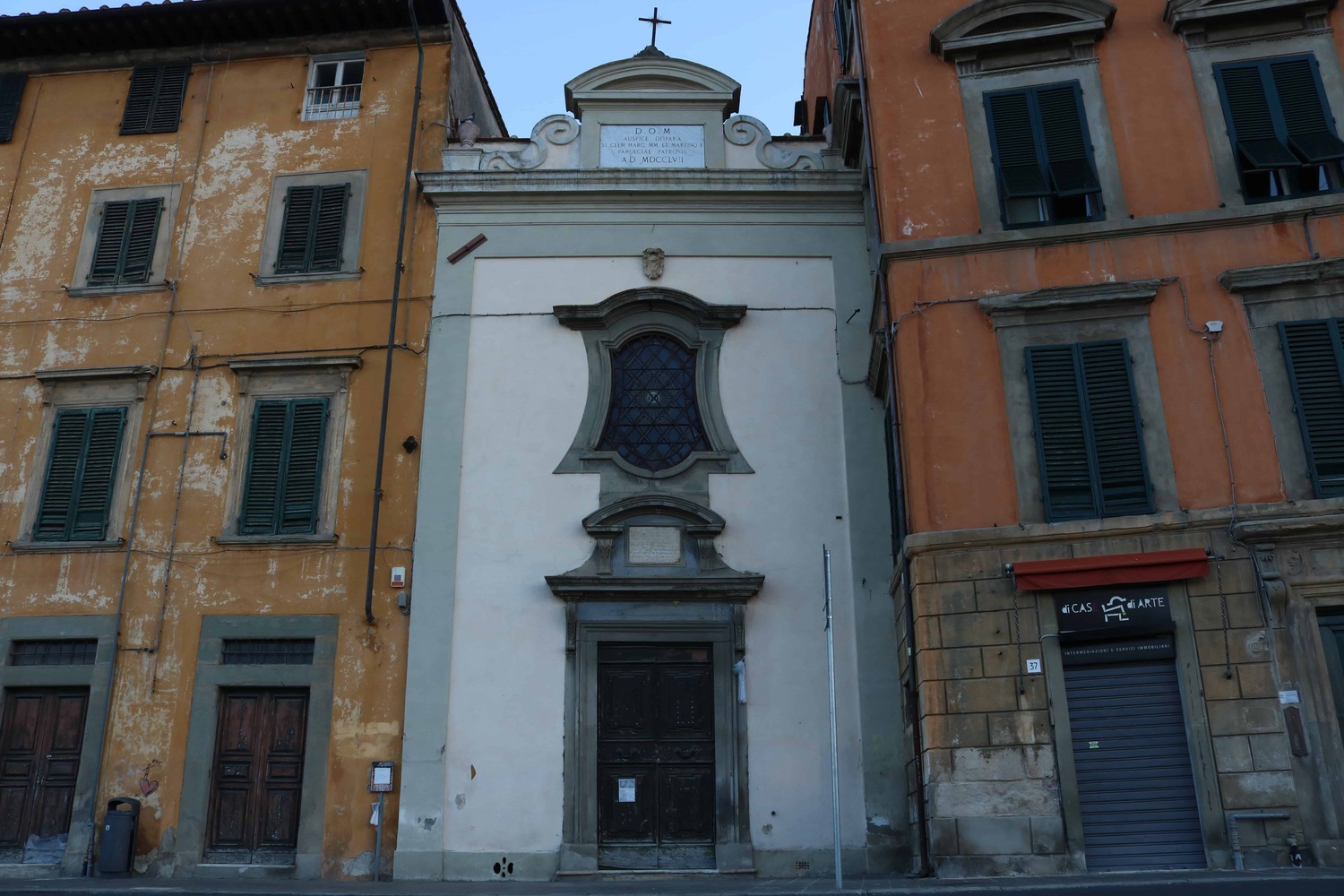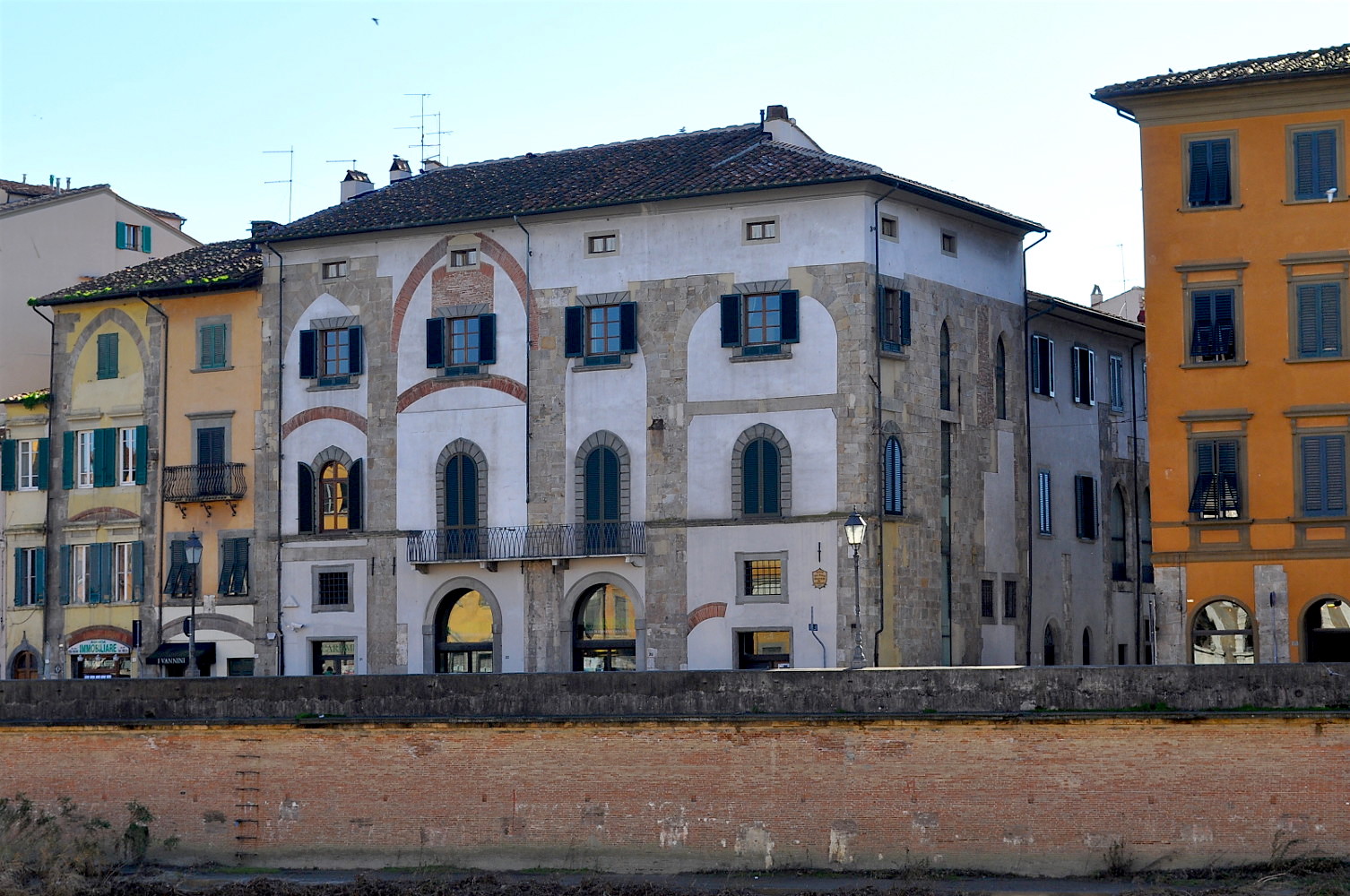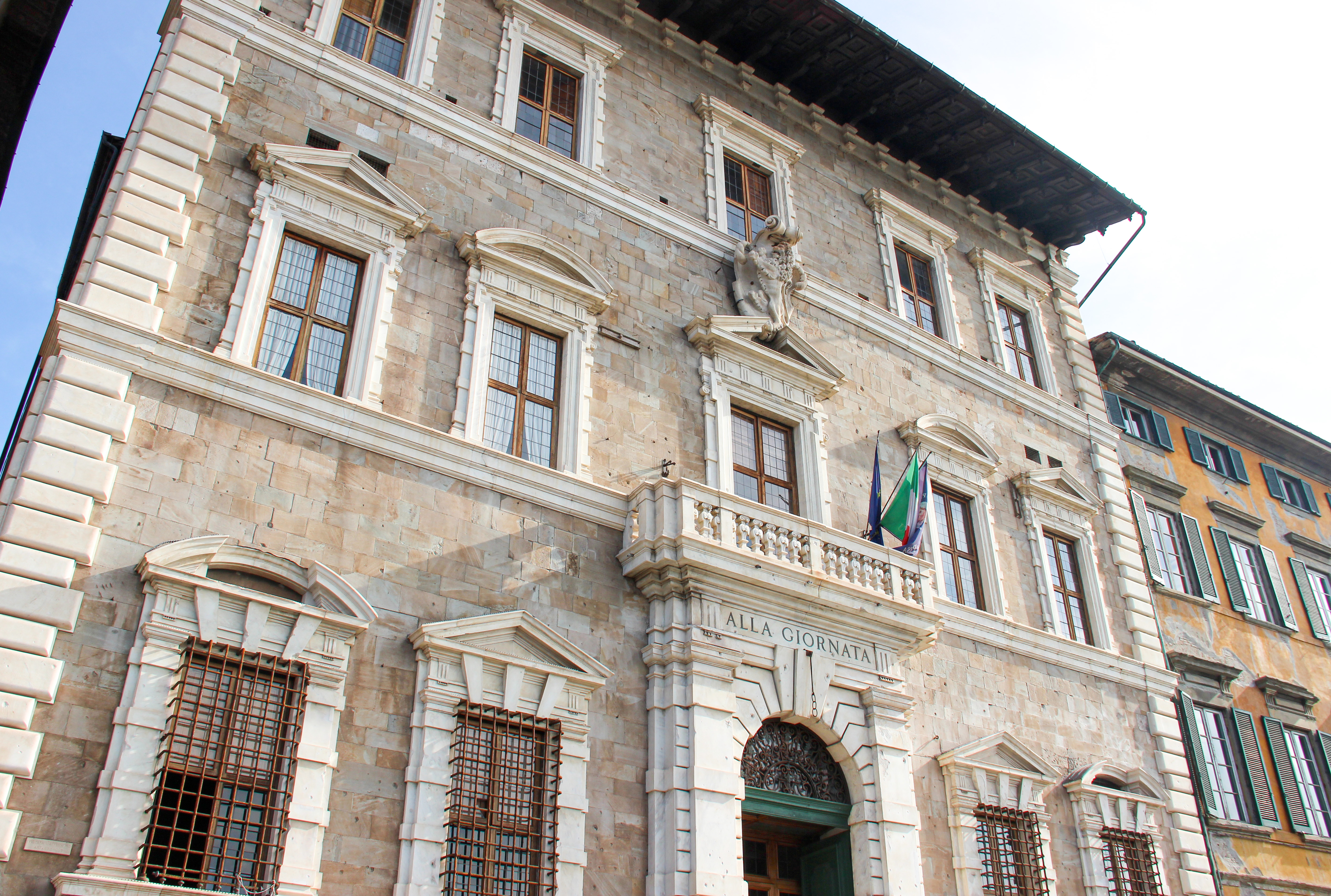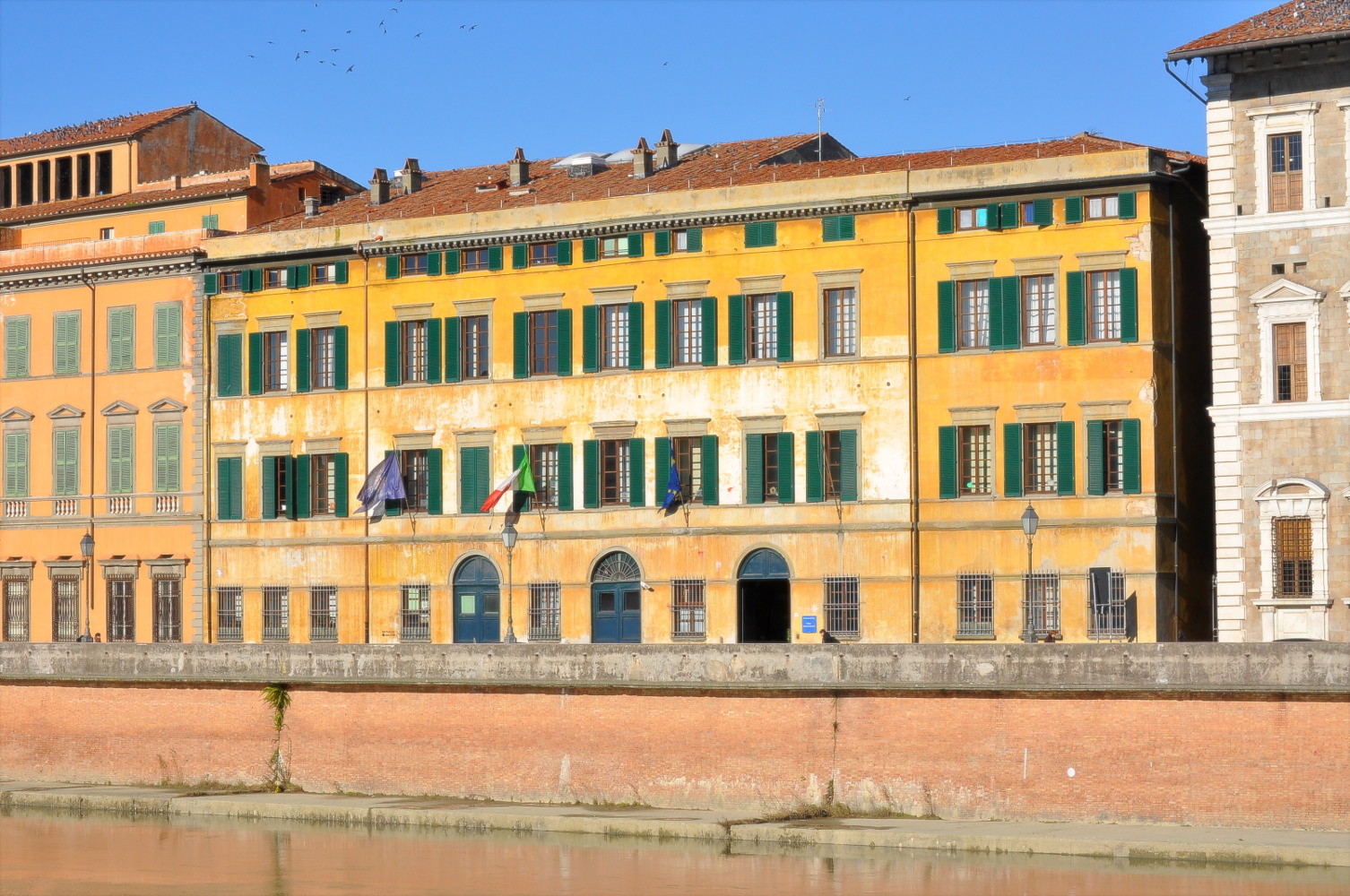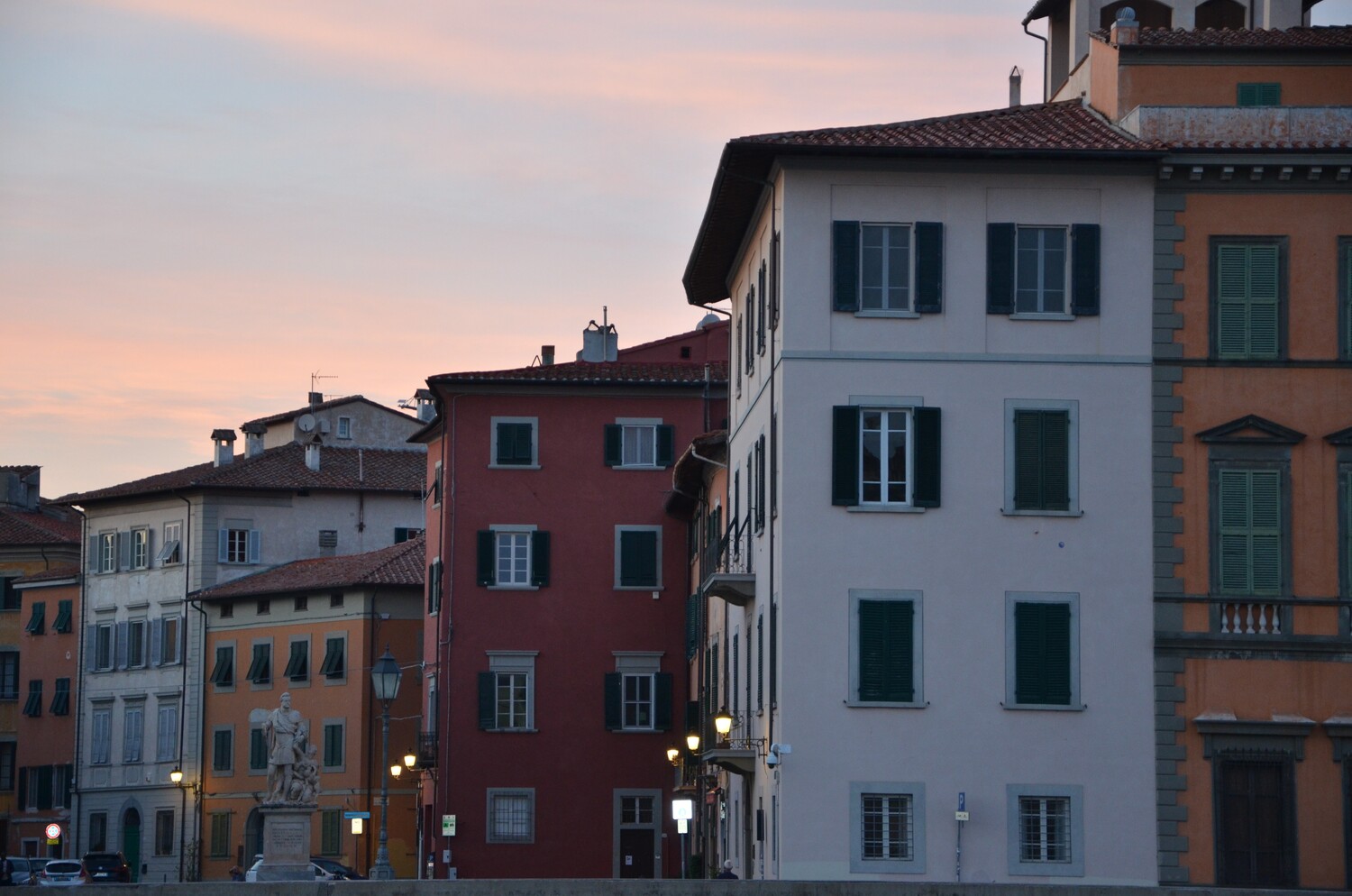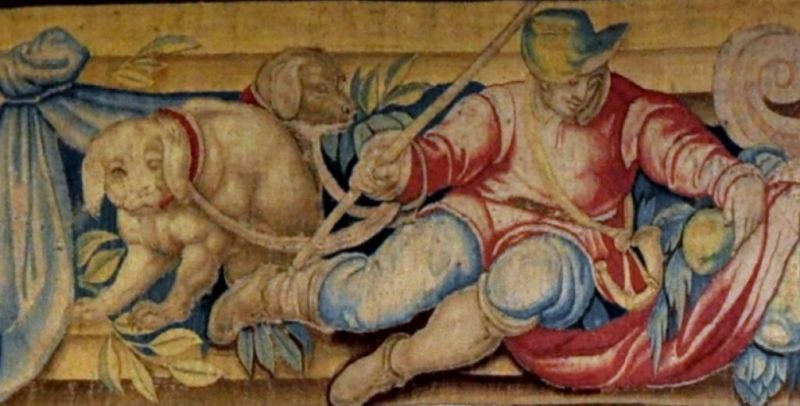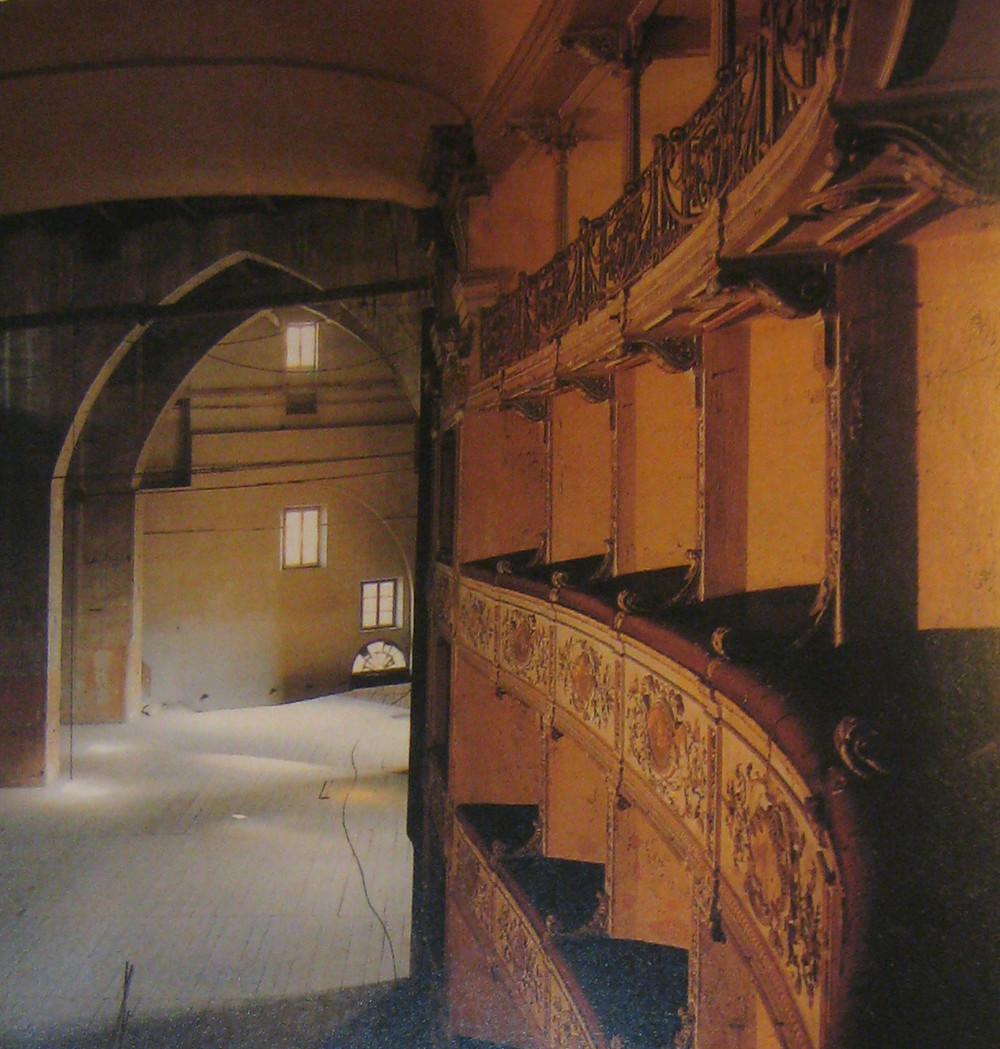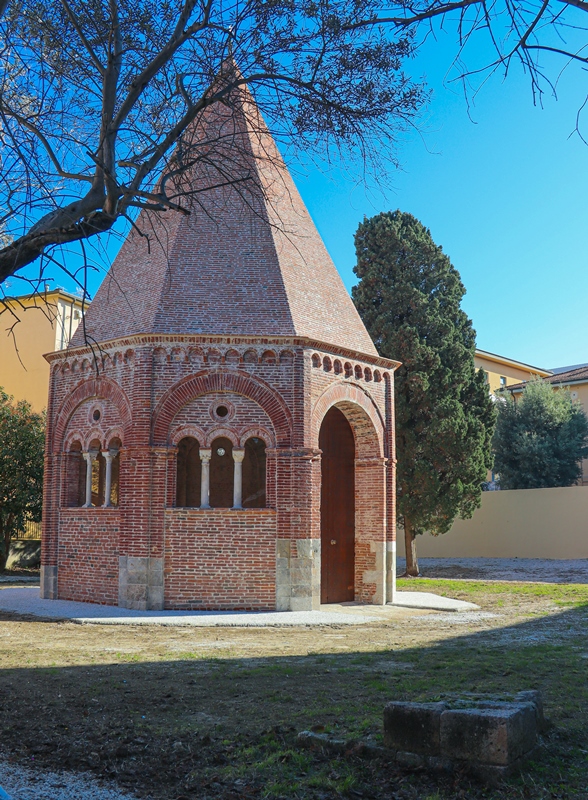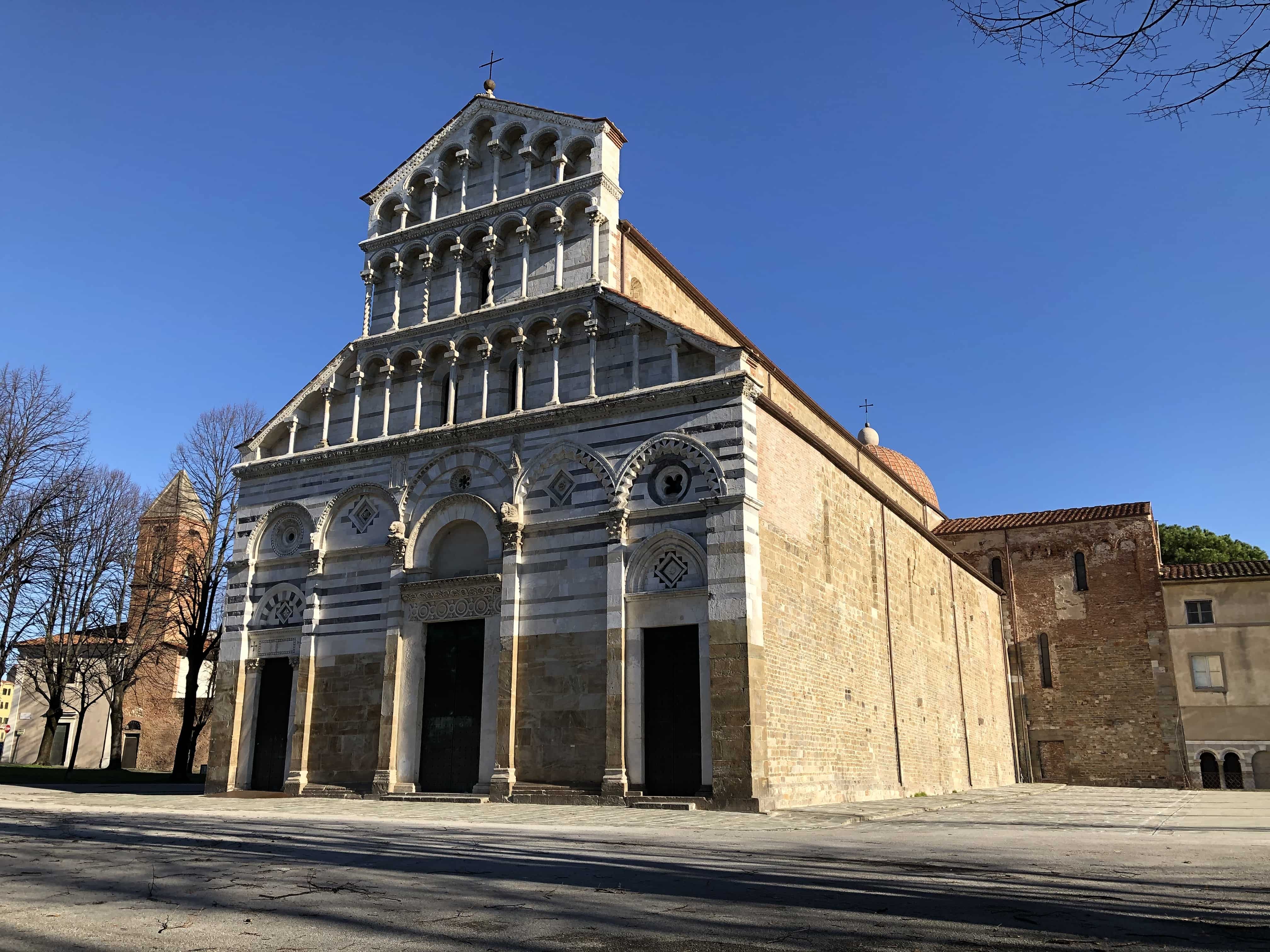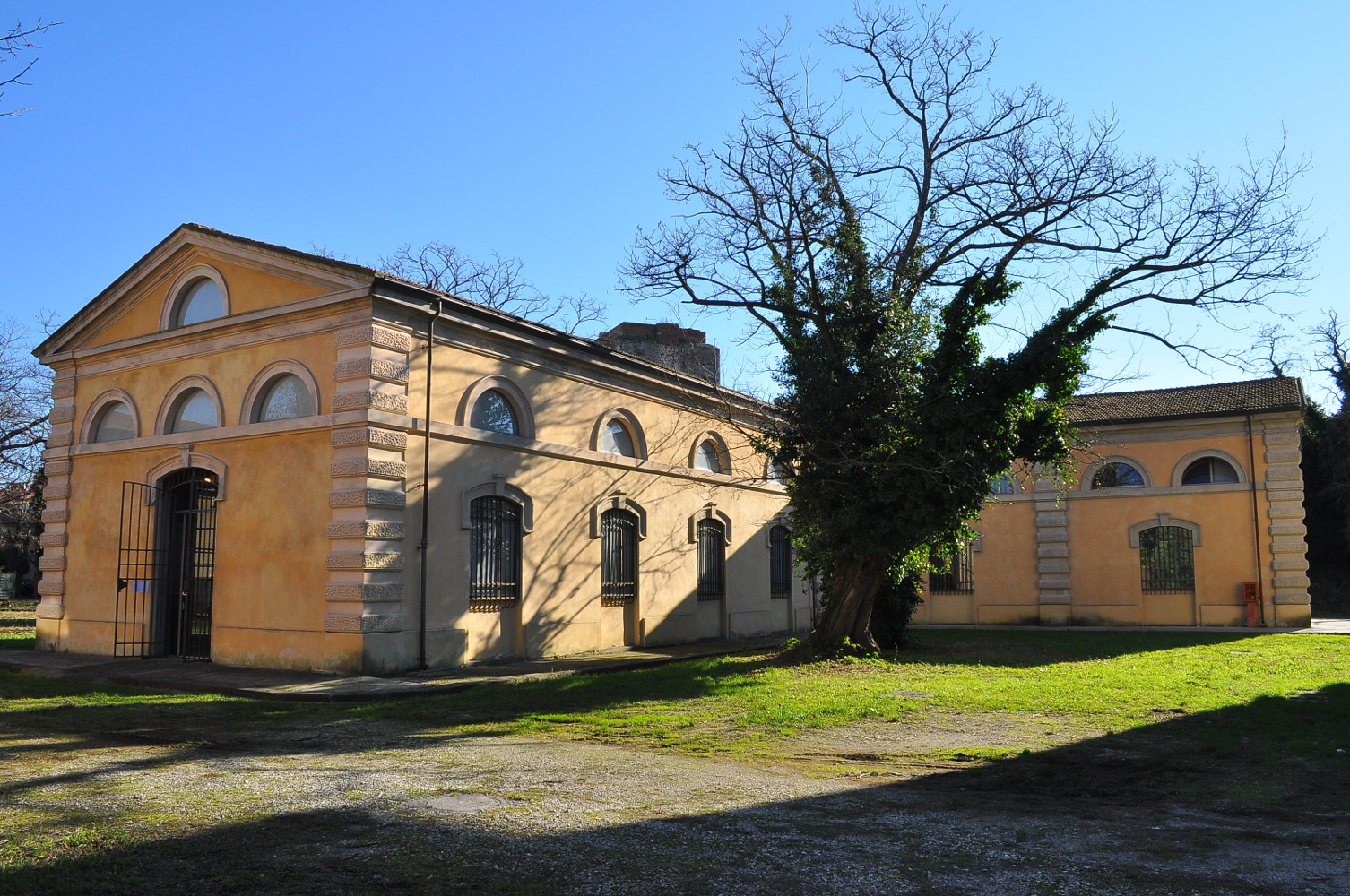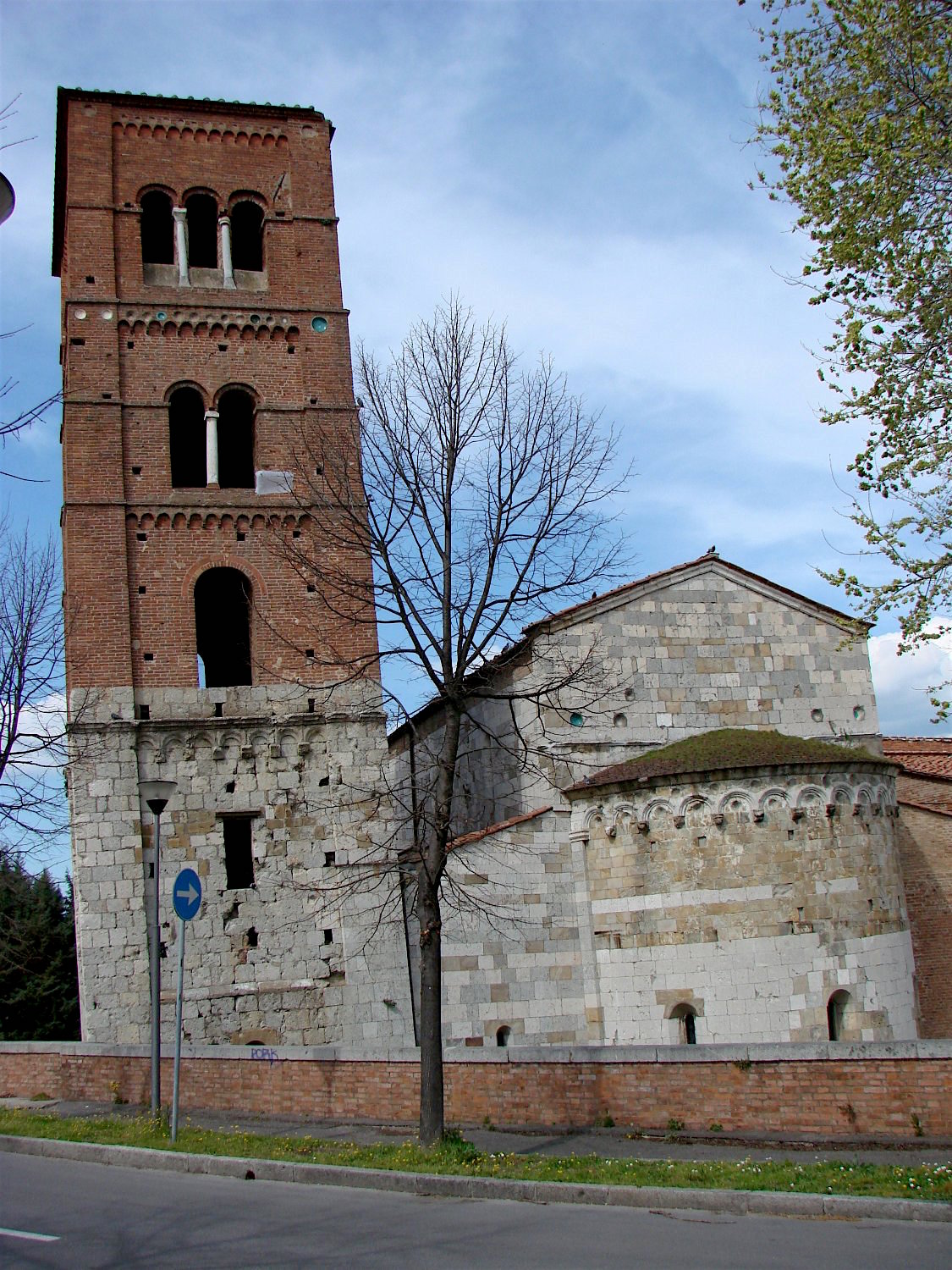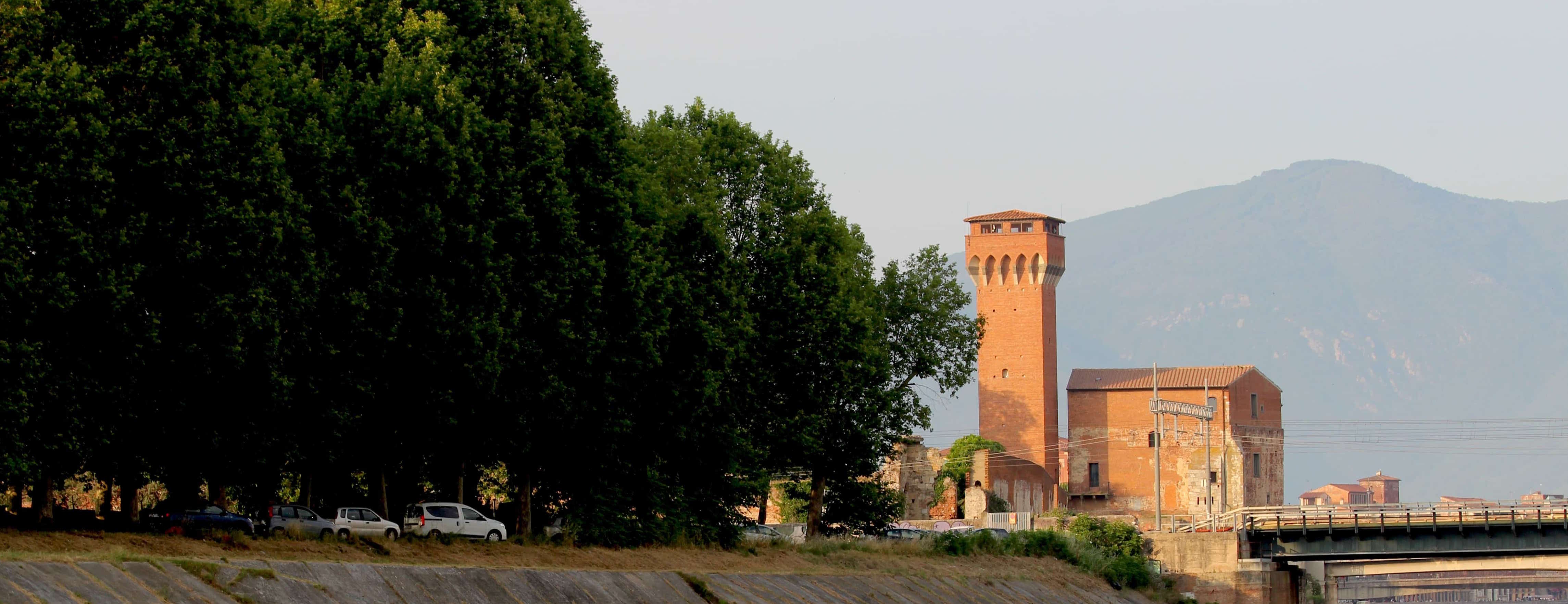Museo Nazionale di S. Matteo, National Museum

The museum is housed in the rooms of the old Benedictine convent of S. Matteo in Soarta (11th century) very little of which remains after alterations and restoration after the last war, apart from the church and a few pieces of medieval wall.
The late medieval cloisters were built in brick with double mullions and columns and capitals, almost all of which are original, on the upper floor. The colonnade was largely restructured in the 16th century, together with other parts closed to the public. In the early 19th century a Chapter of Canonesses was installed and the neoclassical entry was probably built at this time. Between 1866 and 1940 it became the town remand home, which required much structural adaptation.
The transformation into a museum and restoration of the building took place in the years after the second world war. The National S.Matteo Museum was born in 1949, thanks to Piero Sanpaolesi. It was based on the aesthetic quality of the works on show. Later, it was decided to group the exhibits by type and reunite the original ensembles.
The museum contains the largest collection of works of art in Pisa. It has a remarkable store of medieval pottery, basically ceramic basins from around the Mediterranean and medieval and modern crockery, found during excavations in Pisa (Tongiorgi collection). There are several precious jewels and a selection of mdieval coins and seals from the Franceschi and Supino collections. The important section with illuminated codices contains examples from the 12th to the 14th centuries, remarkably rich in illuminations. There are stone statues dating from the middle ages to the 16th century, in particular, fine examples of Romanesque sculptureand masterpieces by Nicola Pisano e Donatello. There is also a collection of wooden sculptures and relevant paintingswith over two hundred works ranging from the very early 1200s to the modern age, by important artists such as Giunta Pisano, Berlinghiero, Simone Martini and Masaccio, to name but a few.

